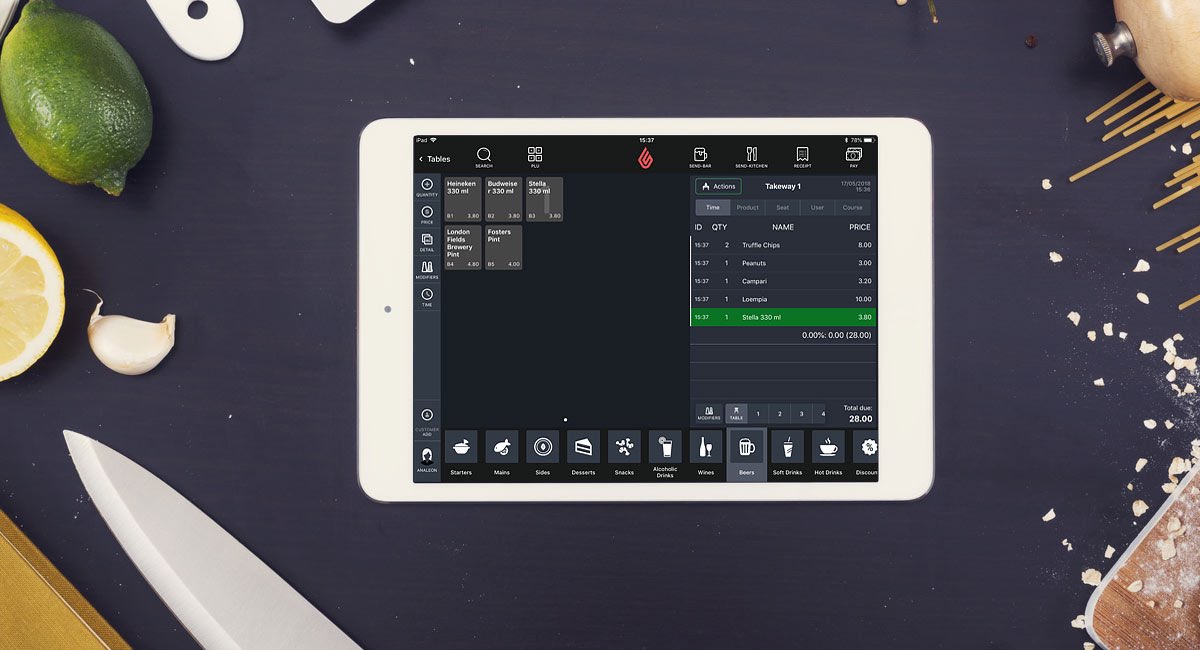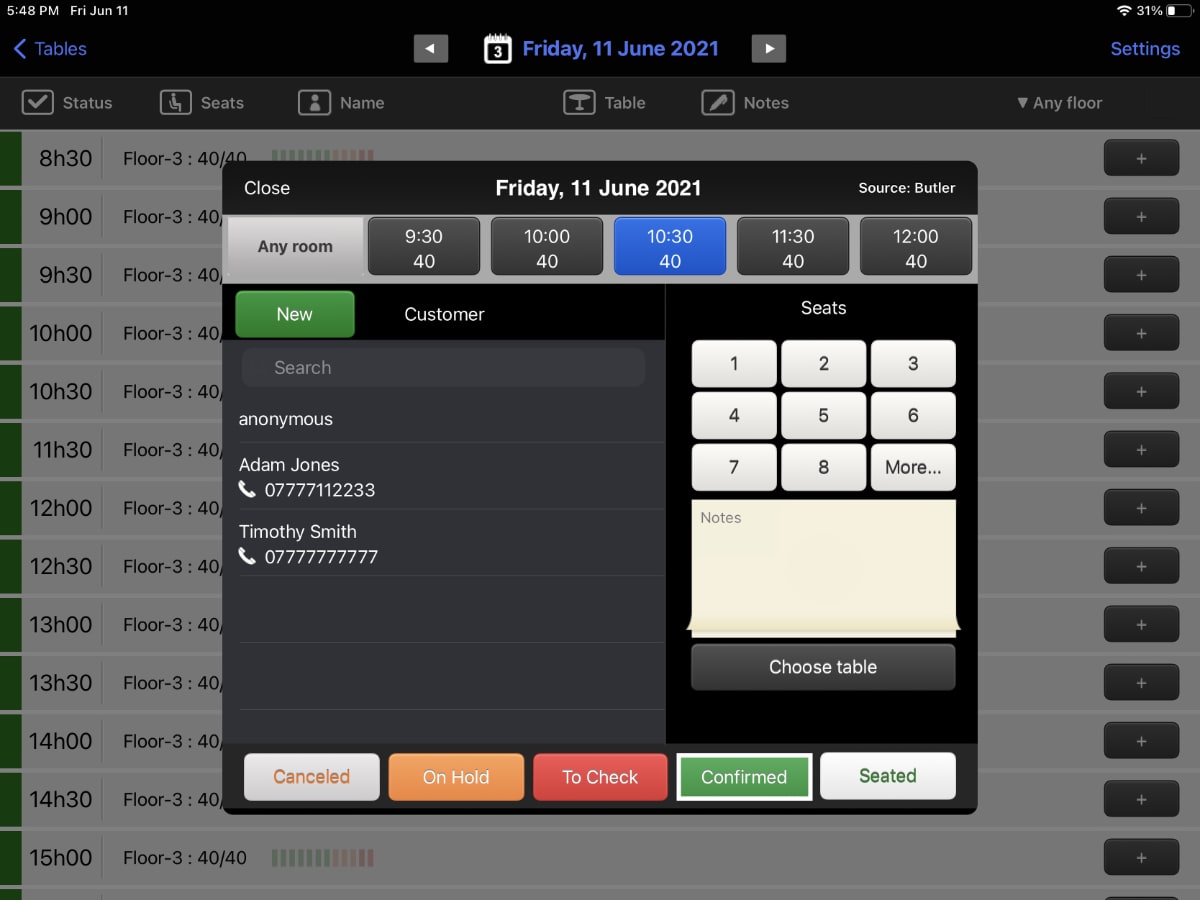
The menus section allows you to create specialized menus made up of main screens with items contained in each. Organize your items into categories (accounting groups). Once you’ve created items, they can be combined to create combos and choices (sequences). New stock input: Add a number of items to stock, such as when receiving shipments from suppliers. Learn more about stock movements in the following articles: Exporting stock movements: View or export stock movement data. If you would like to add items to your inventory or modify existing items, see About items. When adding five of the beer kegs to your stock you will have 5 (units/kegs) x 30 (l) 150 (l). See Importing or exporting items for more information. You cannot only export sub-items, but you can export all items, including sub-items from your Back Office. Learn about each component of the Lightspeed Inventory feature below: Section. You can export existing items into a CSV file to save your data beyond the Back Office. With the Inventory module added to Lightspeed Restaurant K Series, you can manage item stock levels, place and track purchase orders from your suppliers, and add recipes and ingredients for products that need to be made.

Tax type - For example, Electronic service (European).


The 3 differences between the products export and the inventory export are: The inventory export contains data related to inventory variants which includes many of the same fields as a Products export. Learn about each component of the Lightspeed Inventory feature below: Section.
Lightspeed restaurant inventory export how to#
Visit Editing products through import to learn how to import changes to your products. U-Series offers the market-leading cloud restaurant POS, actionable insights, transparent processing, automated inventory and ordering, workforce tools, and. It includes the image location urls as well as other information.įor a description of each column in a product export, visit our Column titles in product exports article. The product export contains product information like the name, description, prices and inventory information. Then, visit the language table to see how each language is abbreviated in an export, here. Sitting inventory refers to the amount of inventory (or the dollar value of inventory) a restaurant is carrying in-house. There are a few terms that anyone with aspirations of mastering restaurant food inventory needs to be familiar with: Sitting inventory Depletion Usage Variance Sitting inventory. By visiting Settings > Store country, you can see which languages you have enabled for your store. You cannot only export sub-items, but you can export all items, including sub-items from your Back Office. Important restaurant inventory terminology.

Due to differences in your store language, exports may vary from store to store.


 0 kommentar(er)
0 kommentar(er)
